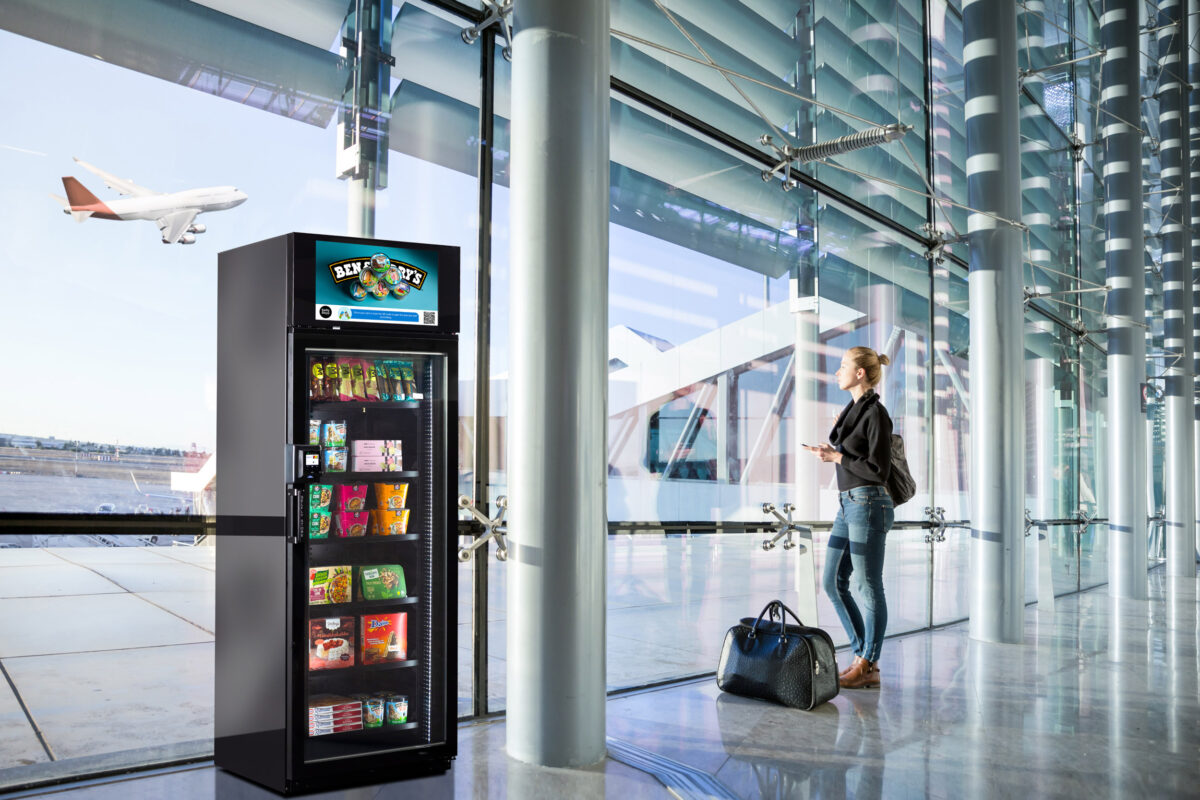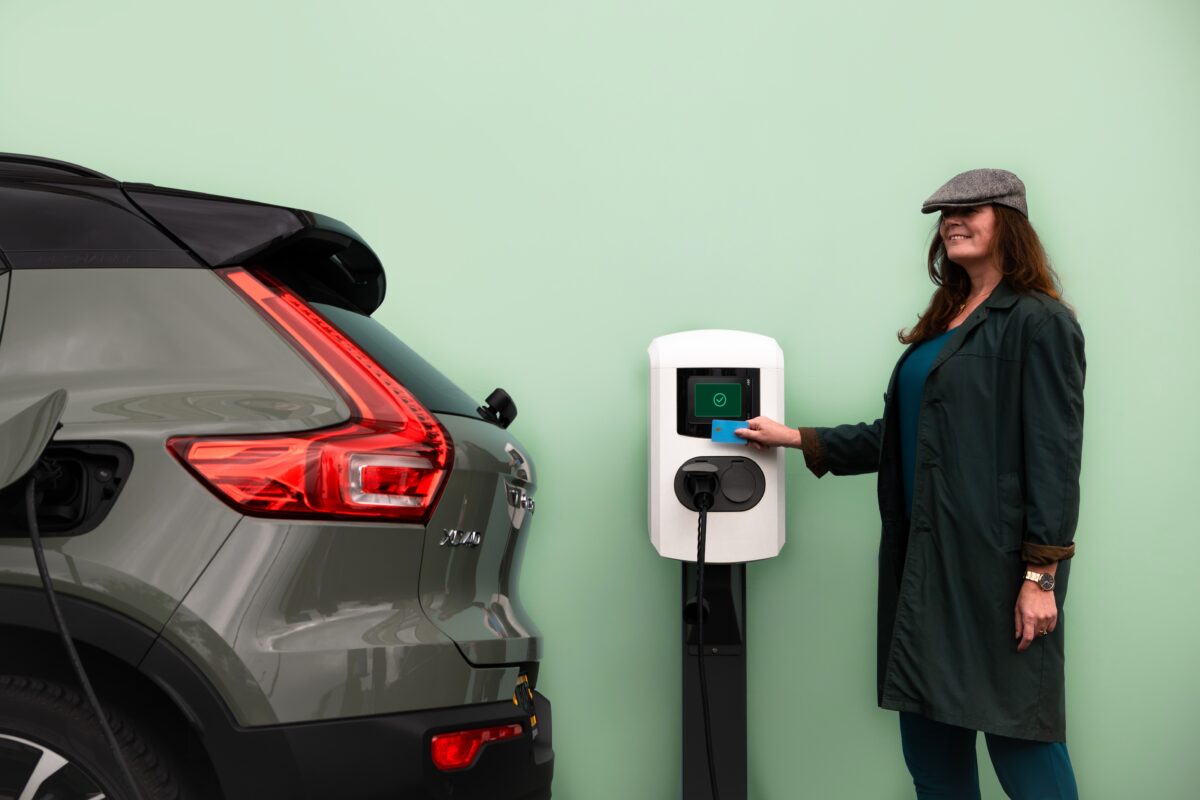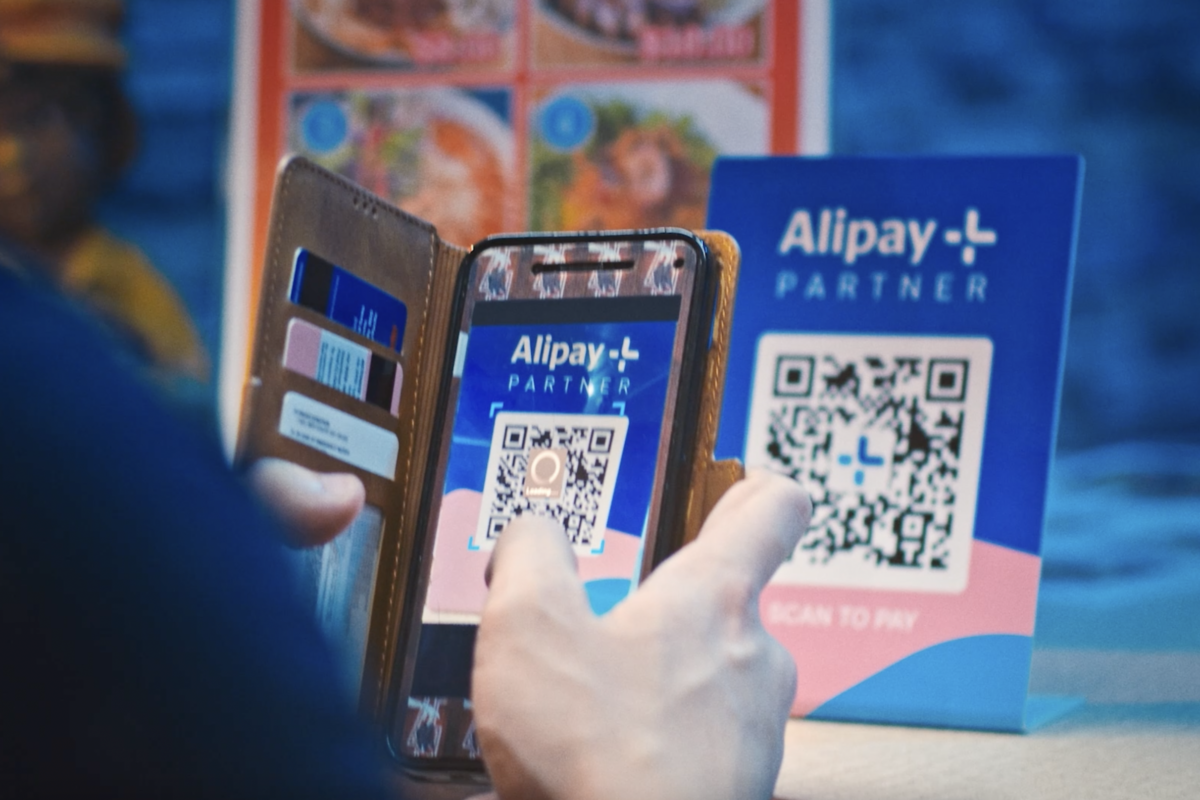Threatened by contactless card payment?
The window of opportunity in the US for mobile payment providers like Apple Pay and Google Pay is closing fast. Despite high levels of support from retailers, only 14 percent of US respondents currently use OEM-Pay (payment services provided by smartphone vendors) for instore purchases, according to a new survey from Juniper Research. The survey covered over 1,000 smartphone users across the US and the UK.
Future growth is likely to be threatened by increasing deployments of contactless cards in the US, with Chase becoming the latest major bank to announce contactless Visa rollouts.
“Time is running out for OEM-Pay providers to establish a dominant position in the US,” remarked research author James Moar. “Many of mobile payment’s benefits, like increased transaction speed, are not exclusive to smartphones, and our survey shows that the majority of users who have not adopted OEM-Pay are more interested in services like contactless cards than mobile-based payments.”
High street fears confirmed:
40 percent of consumers shop less instore due to ecommerce
Juniper’s survey also confirms that online shopping is having a detrimental effect on physical retailers; 40 percent of survey respondents in both the US and the UK report that they shop less in stores due to using online and mobile commerce. In addition, the trend of ‘showrooming’, looking at physical goods in stores and then checking prices online was reported by 24 percent of UK respondents and 13 percent of US respondents.
However, while mCommerce is a zero-sum game in the UK, with few users increasing overall retail spending, it may open up new retail opportunities in the US. 30 percent of respondents report shopping more overall due to their use of mCommerce, not merely shopping more online.
Additionally, the survey shows that continued reliance on browser-based online purchasing is perpetuating non-biometric authentication methods, like passwords or PINs, presenting an ongoing security problem.
Source: Juniper Research





















